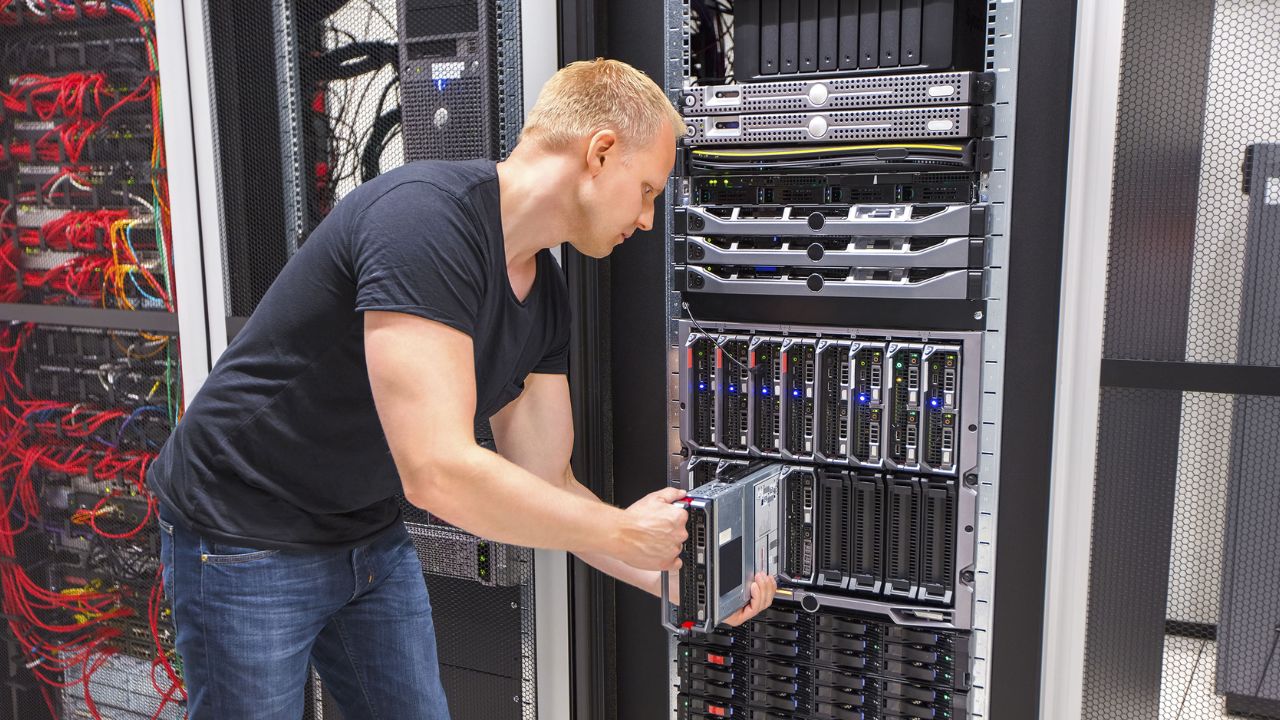Selecting the correct server cabinet for IT infrastructure investments becomes essential for maintaining network system efficiency together with safety and scalability. A server cabinet serves multiple functions beyond storage since it influences air circulation and cable arrangement and safeguards equipment, and enables network expansion. Server Cabinet Manufacturers play a crucial role in providing reliable and scalable enclosures. Businesses need to start the purchase process by clearly defining their present and future system requirements. Ten essential factors need consideration during server cabinet acquisition.
Cabinet Size and Dimensions
The first step involves checking the appropriate dimensions of the cabinet. The rack cabinet measurement includes height and width and depth which are typically shown in rack units (U). A business needs to evaluate its equipment needs prior to selecting between the standard 42U cabinet size. A cabinet that is either too small may restrict future growth or a cabinet that is too large would occupy unnecessary floor space and create additional cooling expenses.
Equipment Compatibility
A successful operation requires equipment that matches current and upcoming systems. Each server, together with the switch and patch panel, needs different installation specifications. The ability of the cabinet to handle present and upcoming hardware enables users to prevent the need for expensive equipment replacements. The internal dimensions of the cabinet need verification to accommodate blade servers along with large power supplies because buyers need to ensure they fit properly.
Airflow and Cooling
The proper management of heat remains essential to achieve peak equipment performance alongside equipment longevity. The server cabinets need to facilitate airflow from front to back to match standard IT equipment cooling arrangements. The installation of perforated doors together with open or vented panels and fan mounting provisions helps improve airflow. Higher-density environments require cabinets that support sophisticated cooling systems, which include in-row and overhead cooling systems.
Cable Management Capabilities
The organisation of cables through proper management techniques allows for better access to equipment while maintaining airflow and preventing cable damage that could lead to system outages. The design of a good server cabinet requires side channels and cable rings together with entry points that enable efficient cable routing. Separating power from data cables in the cabinet ensures both reduced electromagnetic interference and easier maintenance operations.
Security Features
Shared and exposed locations such as data centers and IT closets require complete attention to physical security measures. Front and rear doors, along with potential side panels, should be lockable on server cabinets. Biometric or RFID access controls serve as advanced security features for installations that require maximum protection. Secure server housing investments protect data from unauthorized access and potential breaches.
Load Capacity and Build Quality
All installed equipment needs server cabinets that demonstrate sufficient robustness for weight-bearing purposes. The listed capacity measurement in kilograms or pounds should exceed the total weight of servers, along with the UPS systems and other equipment. The use of high-quality steel construction provides long-lasting durability and resistance against wear and tear, particularly when cabinets need reconfiguration or relocation.
Ease of Installation and Maintenance
Features that facilitate installation and maintenance operations reduce both time requirements and maintenance labor expenses. The cabinet features removable doors and side panels as well as adjustable mounting rails and tool-less entry systems and marked U positions for simplified equipment alignment. The combination of rear and side access features on cabinets creates better conditions for servicing internal components, especially in restricted spaces.
Mobility and Placement Flexibility
The requirements of the deployment site determine whether mobility functions as a critical requirement. The inclusion of casters in server cabinets enables users to move them effortlessly, which proves beneficial during both installation and reorganization processes. Permanent installations benefit from leveling feet that provide stability to the equipment. The placement decision for the cabinet needs special attention since certain environments demand wall-mounted units or corner-specific designs.
Compliance and Industry Standards
Server cabinets must follow the EIA-310 standard for rack mounting because this ensures their compatibility with typical IT equipment. Compliance with safety and fire regulations is a fundamental requirement. This is mainly when serving data centers and enterprise environments. When purchasing, buyers need to check whether their industry demands compliance with specific standards for financial services.
Future-Proofing and Scalability
Any expanding business will experience changes in its IT infrastructure requirements. A server cabinet needs to fulfill current needs while providing capabilities to expand in the future. The server cabinet design should include extra rack units for equipment expansion and modular accessories for evolving technology requirements, along with enhanced power and cooling capabilities. The ability to adapt within a cabinet system enables users to prevent ongoing replacement costs and enables sustained IT development strategies.
Conclusion
The server cabinet represents a crucial IT infrastructure component that extends beyond its basic metal structure. Businesses achieve both operational success and future expansion through strategic consideration of size requirements, cooling mechanisms, security measures, and scalability needs when making their server cabinet investments. When organisations install the correct cabinet, their server performance increases, and maintenance operations simplify, leading to better IT environment reliability.

